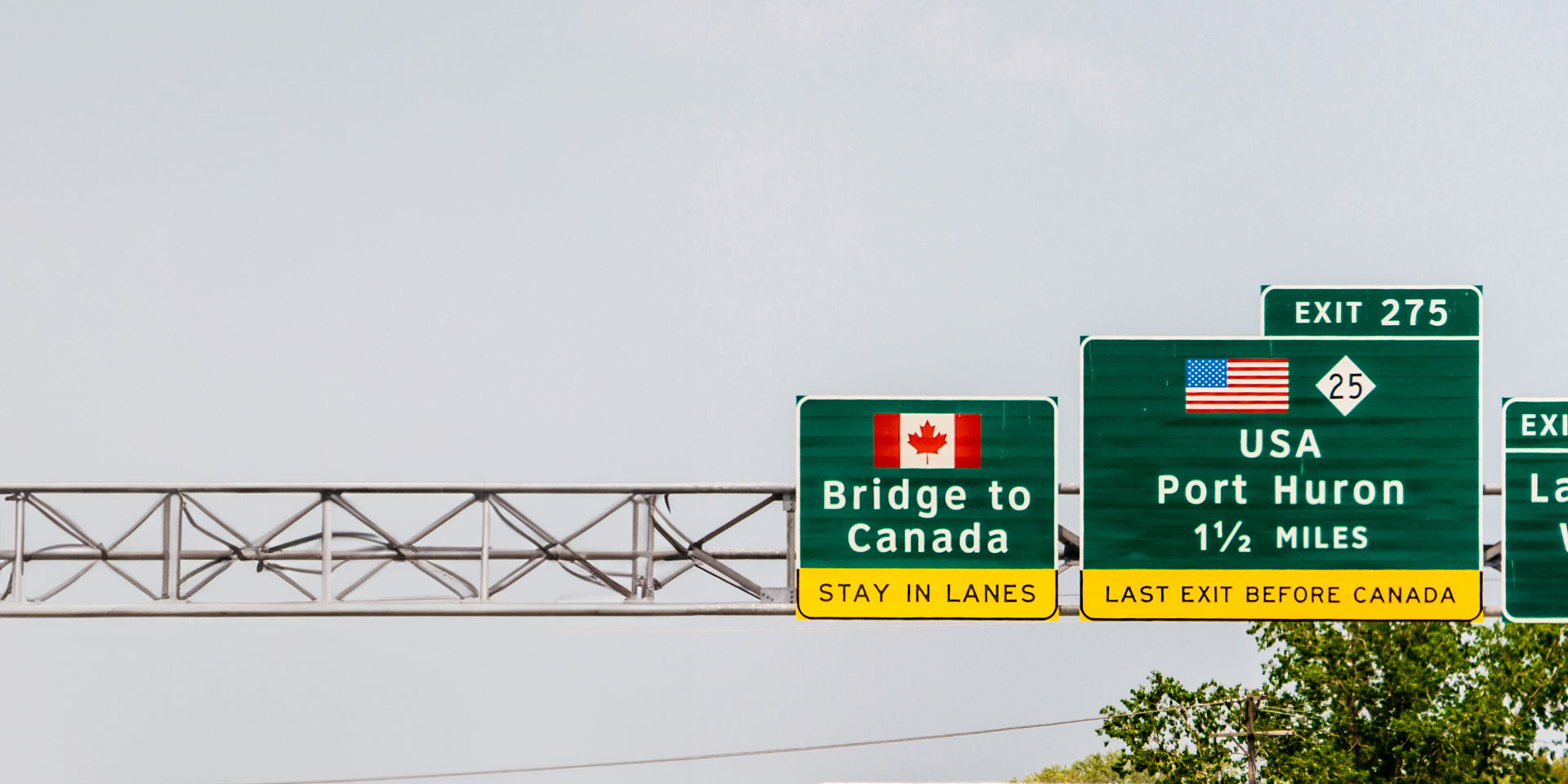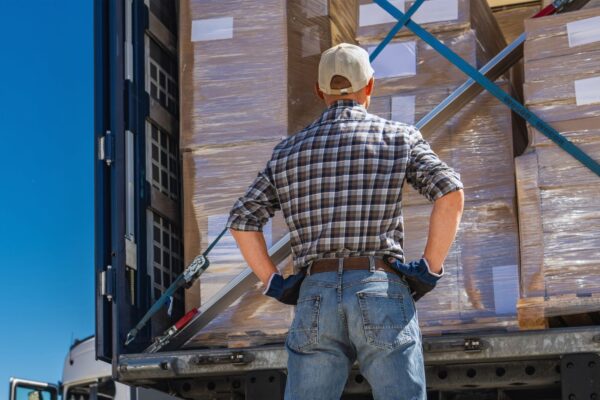

Avoiding chaos: Your customs clearance 101
Whether you’re moving freight across the US – Canada or US – Mexico border, sailing through customs clearance is all about getting the little things right.
Nearshoring your manufacturing? Expanding your sales and distribution footprint? If you’re new to international shipping, you’ll want to keep a few things in mind.
First, what is customs clearance…exactly?
In short, it’s a set of clearance procedures that ensure you’ve declared your goods or materials to the customs authority, are in compliance with the destination country’s customs regulations, and your duties and taxes are paid.
Once completed, customs will issue documentation affirming your goods or materials are cleared to cross the border and release the load.
Submitting a complete and accurate customs declaration
When it comes to completing your required documents, it pays to take your time.
Dot your I’s. Cross your T’s. The extra five or 10 minutes you give to quadruple-checking your work could save you hours at the border, even days.
Here’s what should be on your checklist.
North American customs declaration requirements
Regardless of which border you’re crossing, your driver will need accurate documents.
- Commercial invoice
- Bill of lading
- USMCA certificate of origin
Unfamiliar with the USMCA?
This is a set of security and customs certifications required by the United States-Mexico-Canada Agreement (USMCA) to move imports and exports across the two North American borders.
US - Mexico customs requirements
Transporting freight from the US into Mexico?
Then, you’ll need a Complemento Carta Porte. This is a legally binding document that verifies ownership of the load, the mode of transportation, and the type of goods or materials being shipped.
US - Canada customs compliance
Shipping freight from the US to Canada?
Then you’ll need a SCAC code, which states your carrier has Canadian authority, and a Pre-Arrival Review System number, or PARS number. Like TSA Precheck for air passengers, PARS pre-clears your goods or materials, streamlining customs clearance at the border. To generate a PARS number, you’ll need to submit your commercial invoice to a system, like Border Connect. Without this number, you’ll be denied crossing.
Transporting freight from Canada to the US?
Then you’ll need a Pre-Arrival Processing System number, or PAPS number, which serves the same function as the PARS number and can be generated in the same manner.
Does this all sound like a process that might trip you up? It can, and it’s why many shippers hire a customs broker to successfully navigate the customs clearance process.
Clearly package your contents
All of your packages must be labeled clearly and correctly. That means accurate weights, dimensions, and contents.
This will be critical to preventing delays or denial of entry—and, with accurate information up-front, you’ll get the most competitive, accurate freight rates, too.
Need help? Find a seasoned customs broker
A reputable customs broker can be an invaluable resource.
They bring the deep insight into customs rules, regulations, and requirements you need to avoid hiccups, especially when it comes to high-value goods and complex shipments. They can support you with best practices, prepare drivers for anti-terrorism requirements, and pay duties on your behalf—all, ultimately, speeding up your customs clearance process.
What should you look for?
- A customs broker who offers a high level of service—that will be critical if an issue arises at the border
- A broker that’s been in the industry for a number of years—they’ll have the relationships and nuanced local insight to reliably resolve issues
Our best advice: If you have a trusted carrier, ask them for a recommendation. They know who to trust and who to avoid.
Choose your cross-border carrier and logistics partners wisely
The first thing many shippers consider is freight rate, and we get it. The importance of keeping transportation costs down is understandable.
When it comes to moving international freight, however, the rate that came in $100 cheaper could bite you. Not all freight brokers and carriers have the extensive cross-border experience to avoid its pitfalls. Then, all of a sudden, you’re stuck at the border, racking up unexpected costs, and delaying delivery for your business-critical customers.
Not only can experienced cross-border partners help you set up lanes and transportation models, but they can also limit common challenges at the border. In the end, that means helping you deliver loads on time, nurture positive customer relationships, and grow your business.
Need support?
Connect with us, and we’ll take on your stress so you can get back to doing what you do best.
"*" indicates required fields


